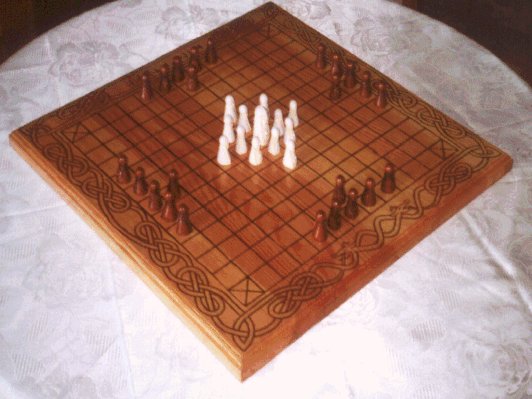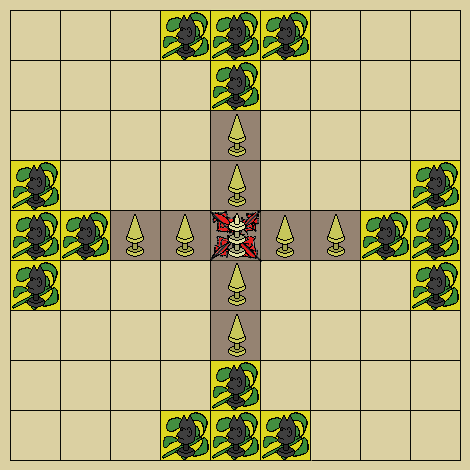They were better recognized for the horror they implanted in the coastal inhabitants as they plundered their way around Britain. Even though the Vikings appeared to be heartless, there was a side of them that showed innocence, alongside something a little more ordinary – they enjoyed board games. Archaeologists found two burial sites belonging to Norse warriors located within the Orkney Islands, which contained game parts fashioned from bone and a number of die. Investigators thought the board games were concealed along with the bodies of Viking fighters to memorialize their dexterity in the games, and to deliver them with entertainment into the next world. One burial site contained a game accompanying the body of a woman, a man, and adolescent in the Orkney Islands.

At the present time, the word “object” is used to denote anything not imperative enough to have a title, but the meaning of the word for the Vikings was definitely dissimilar. In the 8th era, an object was a significant meeting, fundamentally a kind of Norse parliament, where folks would gather to settle down quarrels, elect laws, and make other conclusions. Also in the early 9th century, the Orkney Islands, an archipelago in the Northern Isles of Scotland, became the center of operations for pirate raids and voyages by the Vikings against both Norway and mainland Scotland. Now archaeologists have faith that they have discovered one of the places that meetings were held, located on the island of Bute in Scotland. Cnoc An Rath has been registered as a significant archaeological monument since the 1950s, but the importance of the area has been uncertain for years. Some had proposed it might have been prehistoric, and maybe even a medieval farm site. Now fresh discoveries, presented at the Scottish Place-Name Society annual conference, publicized it was most likely to have been a vital assembly dwellings.

Now, interestingly, while the board games were entertaining in their scope, the Vikings also endorsed some “martial” worth to these parts. Consequently, the necessity for strategy and tactic in these games (like hnefatafl, the early medieval Nordic game comparable to chess) often reflected the deceased man’s prestige as a steadfast warrior in his actual life. As Hall further wrote, “Just as in life, where success on the gaming board, which needed strategic thinking as well as fighting ability, could be seen to confirm and add to the status of an accomplished warrior, in death the inclusion of a board game signaled ability and success as a warrior and by implication preparedness for the challenge ahead.”
Now investigators are certain these items were placed together with the bodies of the departed to memorialize their skill in the games throughout their lives, and to make available to them entertainment in the afterlife. Mark Hall, an overseer at Perth Museum and Art Gallery, has a new revision on Viking board game burials through Northern Europe. He has stated there were about 36 burials where board games of certain descriptions have been discovered in the graves of Northern Europe. Among those high points are two are located in Orkney Isles, which endured under the rule of Norwegians until the 15th century when the land was handed to the Scottish crown.
Under the Viking reign, the Orkney Islands were a position for raids across the continent of Britain. One of the burials in Rousay, dating to the ninth century AD, confined one male who was buried alongside 25 board game dice and pieces made from bone. Archaeologists have discovered board games within 36 Viking burial sites across Europe, so it seems the Vikings truly believed you can bring something with you into the afterlife.
